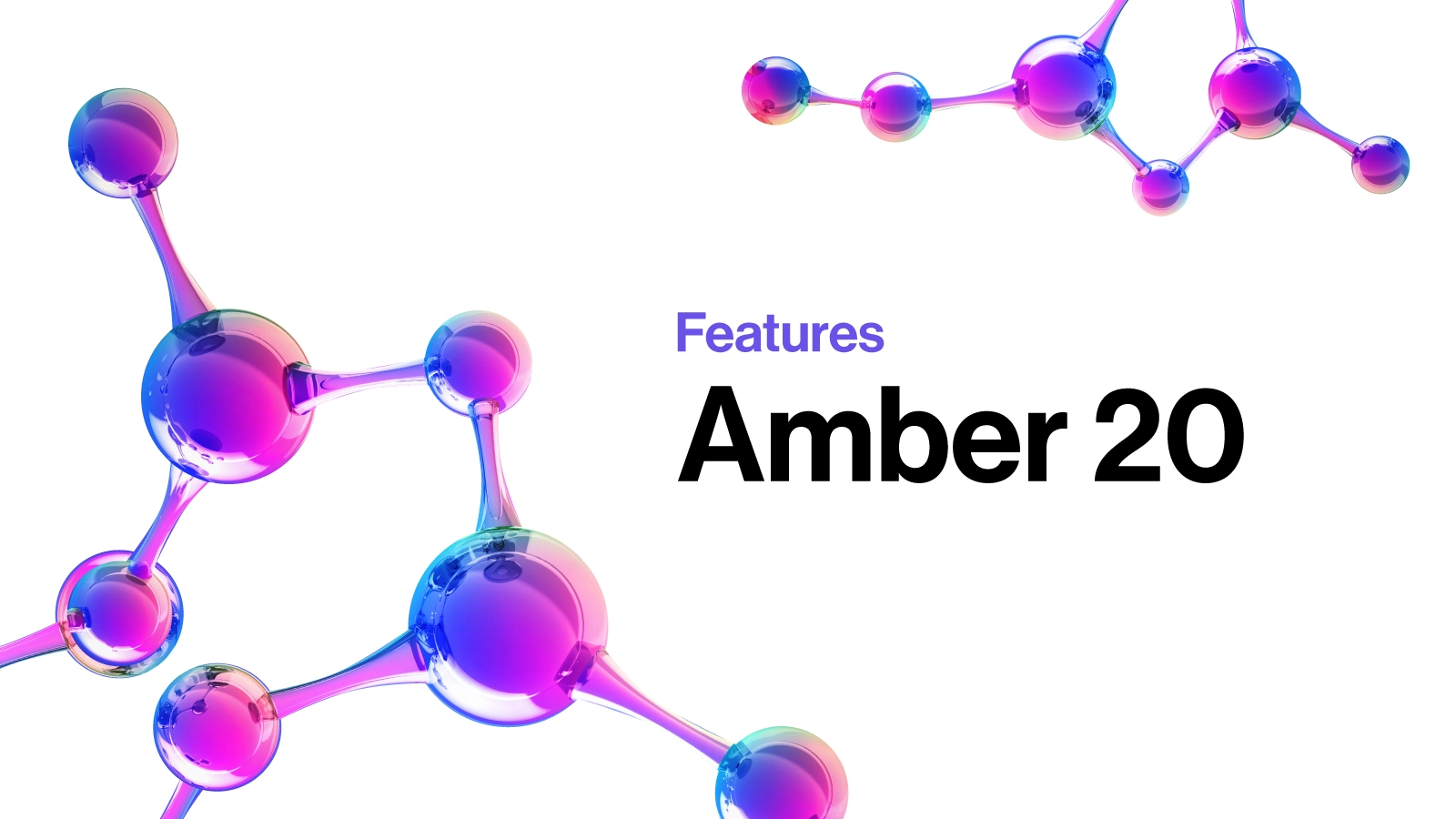Molecular Dynamics Simulation Software
AMBER (or Amber) is a key application in molecular dynamics used to simulate and analyze biomolecular interactions and tendencies. The term "AMBER" refers to two things. First, it is a set of molecular mechanical force fields for the simulation of biomolecules (these force fields are in the public domain, and are used in a variety of simulation programs). Second, it is a package of molecular simulation programs which includes source code and demos.
One of the best features of AMBER is the ability to use NVIDIA GPUs to massively accelerate complex molecular simulations. This substantially improves sampling efficiency and research accuracy, allows for rapid advances in science, and speeds up the overall research process.
The current version of AMBER is distributed in two parts, with the current parts being AMBER20 and AmberTools21.
AMBER20 is a molecular dynamics accumulation of code that simulates the physical movement and tendencies of atoms and molecules. By calculating millions of equations, AMBER helps scientists analyze and determine atomic behavior and formation.
AmberTools is a free, useful standalone package and a prerequisite for installing AMBER itself. The AmberTools suite is free of charge, and its components are mostly released under the GNU General Public License (GPL).
Overview of AmberTools21
AmberTools21 (released on April 29, 2021) consists of the following major codes:
- NAB/sff: a program build molecules, run MD or apply distance geometry restraints using generalized Born, Poisson-Boltzmann or 3D-RISM implicit solvent models
- antechamber and MCPB: programs to create force fields for general organic molecules and metal centers
- tleap and parmed: basic preparatory tools for Amber simulations
- sqm: semiempirical and DFTB quantum chemistry program
- pbsa: performs numerical solutions to Poisson-Boltzmann models
- 3D-RISM: solves integral equation models for solvation
- sander: workhorse program for molecular dynamics simulations
- gem.pmemd: tools for using advanced force fields
- mdgx: a program for pushing the boundaries of Amber MD, primarily through parameter fitting. Also includes customizable virtual sites and explicit solvent MD capabilities.
- cpptraj and pytraj: tools for analyzing structure and dynamics in trajectories
- MMPBSA.py: energy-based analyses of MD trajectories
Major features of AmberTools21:
- New and updated forcefields:
- ReaxFF for reactive molecular dynamics that supports a wide variety of chemical behavior
- New ion parameters for the OPC, OPC3 water models
- New parameters for some modified amino acids
- Quick package for Hartree-Fock and DFT electronic stucture calculations, with GPU support. Quick is integrated into sander for QM/MM simulations.
- Now compatible with gcc10/gfortran10
You can download AmberTools21 here.
Overview of AMBER20
The AMBER20 package builds on AmberTools21 by adding the pmemd program, which resembles the sander (molecular dynamics) code in AmberTools, but provides much better performance on multiple CPUs, and dramatic speed improvements on GPUs.
Major features of AMBER20 include:
- Major extensions for alchemical free energy calculations using soft-core potentials
- Reservoir and hybrid replica exchange additions
- "Ligand" and "peptide" version of Gaussian accelerated MD
- New interface to external force libraries with support for MB-pol simulations with MBX
- Support for NVLINK interconnects through NCCL library, and other changes that affect parallel-GPU simulations
Start your simulation today with SabrePC's fully turnkey AMBER solutions.


